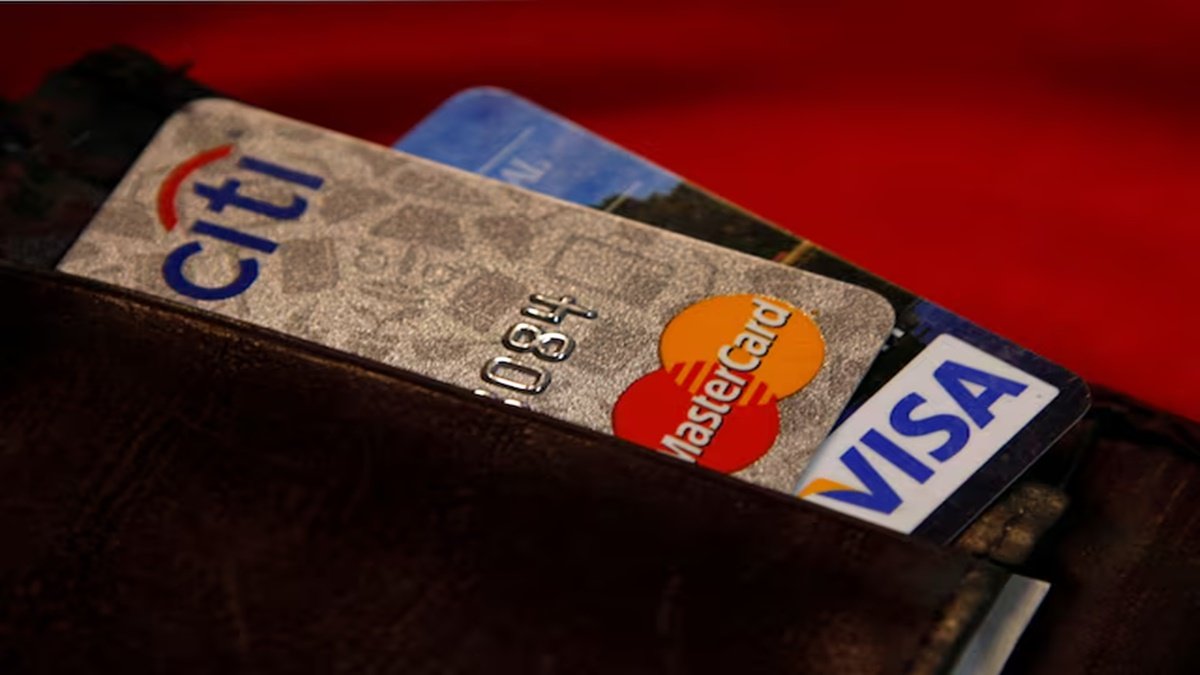By Kshipra Petkar
Banks grappling with stress in the credit card portfolio could see growth in the segment as card issuances rise and asset quality improves, HSBC Global research said in its report.
“If such trends continue, the credit card industry could see a turnaround with both receivable growth and profitability improving over the near-to-medium term,” the report said.
FY25 was a challenging year for card issuers as receivable growth and return on equity was impacted due to rising asset quality stress and slowdown in card issuances.
According to the data released by Reserve Bank of India, credit cards-in-force were up 7.6% on year to 111.2 million as of May. On a month-on-month basis, it rose merely 0.7%.
The report said that the major driver of growth in credit cards could be new launches. “YES Bank and Federal Bank card issuance run rate was 5x and 2x of their twelve-month average run rate, respectively,” the report said. YES Bank had revamped its card portfolio, Federal Bank relaunched its card through a fintech partner with new offers, and Axis Bank launched a co-branded card with a payment fintech.
Amongst the top three issuers, HDFC Bank and SBI Cards and Payments issued 4 lakh cards in May, which contributed to over 50% of the net issuances, the data showed.
ICICI Bank saw a decline of more 30,000 cards in cards-in force on month, the data showed. “Deactivation of inactive cards would have led to this,” the report said.
Kotak Mahindra Bank saw net additions to its cards-in-force, the first time after the lifting of the embargo. “The stress in PL continues to show a reducing trend where the credit card portfolio continues to plateau and we are hoping to see a decline in the second half of the year,” the bank’s management had said while announcing the results for the quarter ended March.
The previous financial year was challenging for card issuers as receivable growth and return on equity was impacted due to rising asset quality stress and slowdown in card issuances.
According to the TransUnion CIBIL report for June, delinquency rate in more than 90 days past due segment was stable at 2.00% in the January-March quarter. However, on a year-on-year basis, it increased by 28 basis points.
Spending on merchant networks, through credit cards, debit cards, and unified payment interface peer to merchant increased (P2M) by 21% year-on- year to INR 9.2 lakh crore in May.
Credit card spending growth through point of sale was range-bound at 15% on year in May. The spends on e-commerce were robust but they were muted for offline channels, report said.
In credit card spending, HDFC Bank and SBI Cards continued to gain market share while ICICI Bank lost share in May. Other issuers lost 25 basis points on year share in spends in aggregate, the report showed. While the debit cards outstanding rose 2.6% on year to 1000.4 million in May, the debit card spending fell over 15% on year, the data showed.
As of June 23, credit card spending has decreased by 2% month on month. This spending data represents around 85% of total credit card spending.
However, any reversal in asset quality trends and improvement in the popularity of UPI would be the key downside risks to the segment, the report said.





